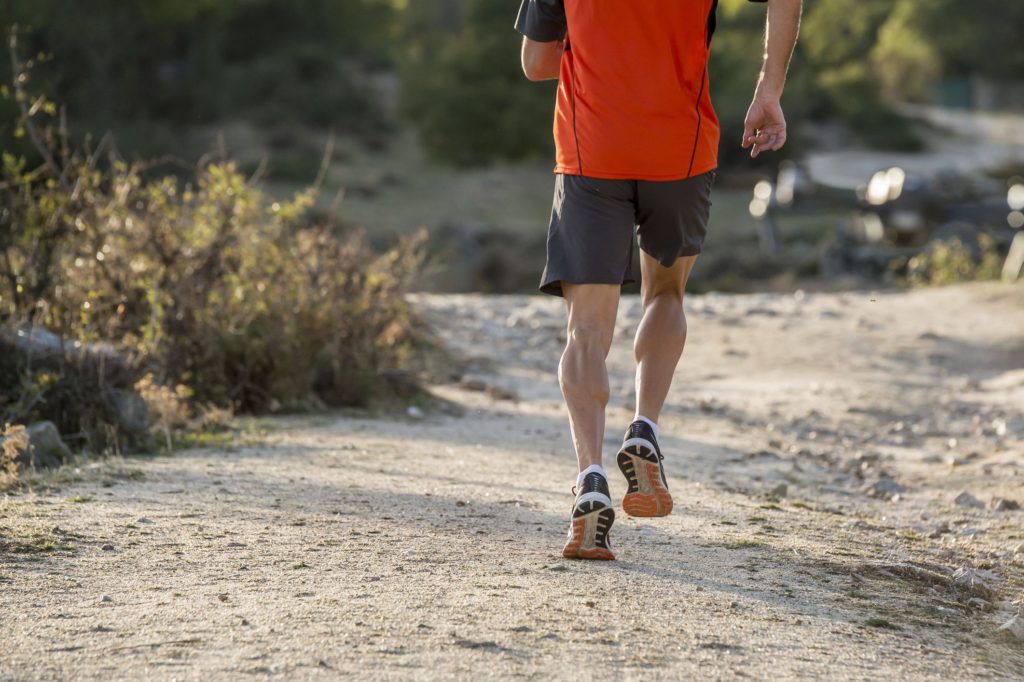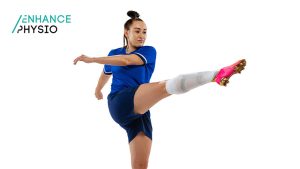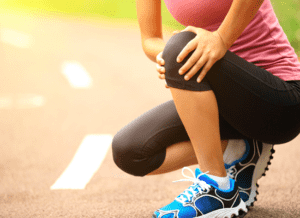What is the Soleus muscle?
Your calves are actually made up of 2 muscles.
- The first muscle is the commonly known gastrocnemius (the large bulkier muscle) in your lower limb.
- The second muscle is your soleus.
Both muscles are extremely important for ankle stability and particularly responsible for pointing your ankle downward. Therefore, your soleus is a vital muscle for walking, running and balance.
The soleus muscle is often overlooked by the general population due to it being a smaller flatter muscle hidden behind your larger gastrocnemius muscle. Your soleus runs from just below your knee to your heel/Achilles tendon, behind your leg. It is made up of predominantly slow twitch muscle fibres and therefore makes it more resistant to fatigue.

Why is this muscle so important in runners?
When you run, your body has to support up to 3-8x our own body weight! Both of your calf muscles have a very important role in walking and running and in particular our soleus. This particular muscle works to flex the foot so that the toes point downwards (plantar flexion) and further plays an important role in ankle stability and standing posture to prevent you from falling forward.
The soleus muscle does not have the power that our larger calf muscle (gastrocnemius) has, due to it primarily made up of slow twitch fibres and therefore this muscle is importance for endurance. The soleus bears a lot of load during running, much more than the larger gastrocnemius muscle and is often called the skeletal-muscle pump because of its ability to pump deoxygenated blood back from your legs to your heart.
For runners the soleus:
- The soleus drives you forward during running and walking
- Bears most of the load from running
- Is made up of slow twitch fibres and therefor very resistant to fatigue
How do I make my soleus stronger to assist my running?
The best way to activate your soleus involves plantar flexion or pointing your toes downward, while your knees are in a bent (preferably at or around 90 degrees) position. Bent knee’s during heel raises targets the soleus. For some great exercises to target your soleus be sure to visit Enhance Physiotherapy and speak to your Physiotherapist.
Enhance Physiotherapy Running Assessment
Our running assessment will evaluate your running form to identify muscle imbalances along with areas of your running technique that you can correct in order to improve performance and reduce the risk of injury.





